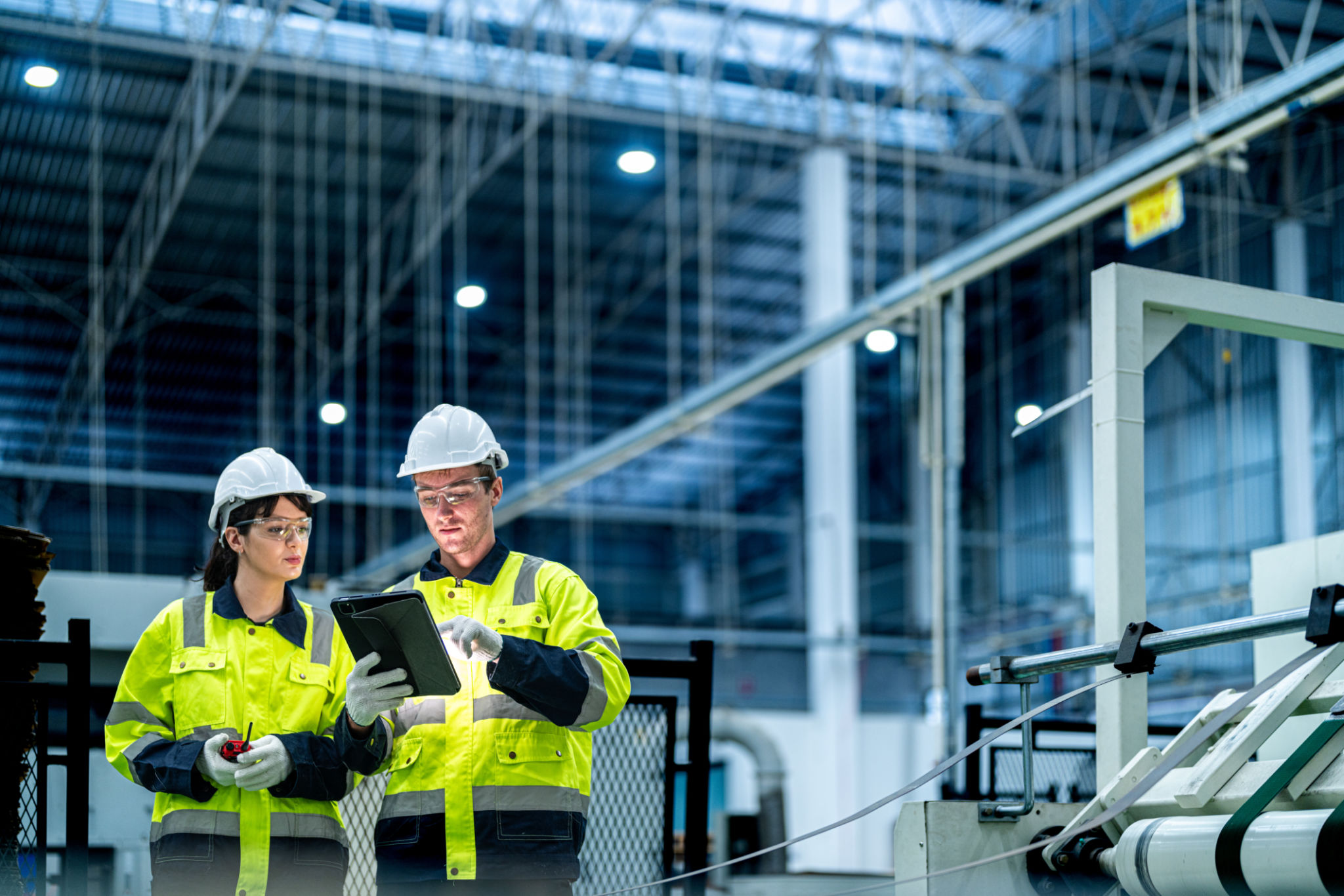Automations vs. Manual Processes: Which is Best for Your Business?
Understanding Automation and Manual Processes
In today's fast-paced business environment, companies are constantly seeking ways to enhance efficiency and productivity. Two common approaches are automation and manual processes. Both have their own set of advantages and challenges, making it crucial for businesses to evaluate which approach best suits their needs.
Automation refers to the use of technology to perform tasks with minimal human intervention. It's highly valued for its ability to streamline operations and reduce errors. On the other hand, manual processes involve human effort and oversight at every step, offering a personalized touch that technology might lack.

The Benefits of Automation
Automation can offer a wide range of benefits for businesses looking to optimize their operations. Here are some key advantages:
- Increased Efficiency: Automated systems can perform tasks faster and more accurately than humans, leading to significant time savings.
- Cost Savings: By reducing the need for manual labor, businesses can cut down on operational costs.
- Scalability: Automation allows businesses to scale up operations without a proportional increase in labor costs.
Despite these advantages, automation is not without its challenges. Initial setup costs can be high, and there may be a steep learning curve for employees. Moreover, not every task is suitable for automation.
The Appeal of Manual Processes
While automation is gaining popularity, manual processes still hold significant value in certain areas. Here are some reasons why businesses might prefer manual methods:
- Flexibility: Human intervention allows for adaptability in handling unique or unexpected situations.
- Quality Control: Manual oversight can ensure higher quality in tasks requiring attention to detail or creative input.
- Personalization: Human interaction is often preferred in customer service roles where personal touch is crucial.

When to Choose Automation Over Manual Processes
Deciding between automation and manual processes depends on various factors. Businesses should consider automation when:
- The tasks are repetitive and time-consuming.
- There is a need to process large volumes of data quickly and accurately.
- Cuts in operational costs are a priority.
If your business operations involve routine tasks that do not require frequent human judgment or creativity, automation might be the best choice.
When Manual Processes Might Be the Better Option
However, there are instances where manual processes prove more effective. Consider sticking to manual methods when:
- Tasks require a high degree of creativity or customization.
- The process involves complex decision-making that cannot be easily automated.
- Your business values the human touch in customer interactions.

Integrating Both Approaches for Optimal Results
The best solution for many businesses may not be choosing one over the other but rather integrating both approaches. By combining automation with manual processes, companies can achieve a balance that leverages the strengths of each method. For example, using automated systems for data analysis while relying on human expertise for decision-making can enhance efficiency and effectiveness.
This hybrid approach allows businesses to remain agile, adapting to technological advancements while maintaining a personal connection with customers and stakeholders.
Conclusion: Making the Right Choice for Your Business
The decision between automation and manual processes is not a one-size-fits-all answer. It's crucial for businesses to assess their unique needs and capabilities when considering these options. By carefully evaluating the nature of your operations, customer expectations, and long-term goals, you can make an informed decision that aligns with your business objectives.
Ultimately, choosing the right approach will empower your business to operate more efficiently, satisfy customers, and stay competitive in an ever-evolving market landscape.
